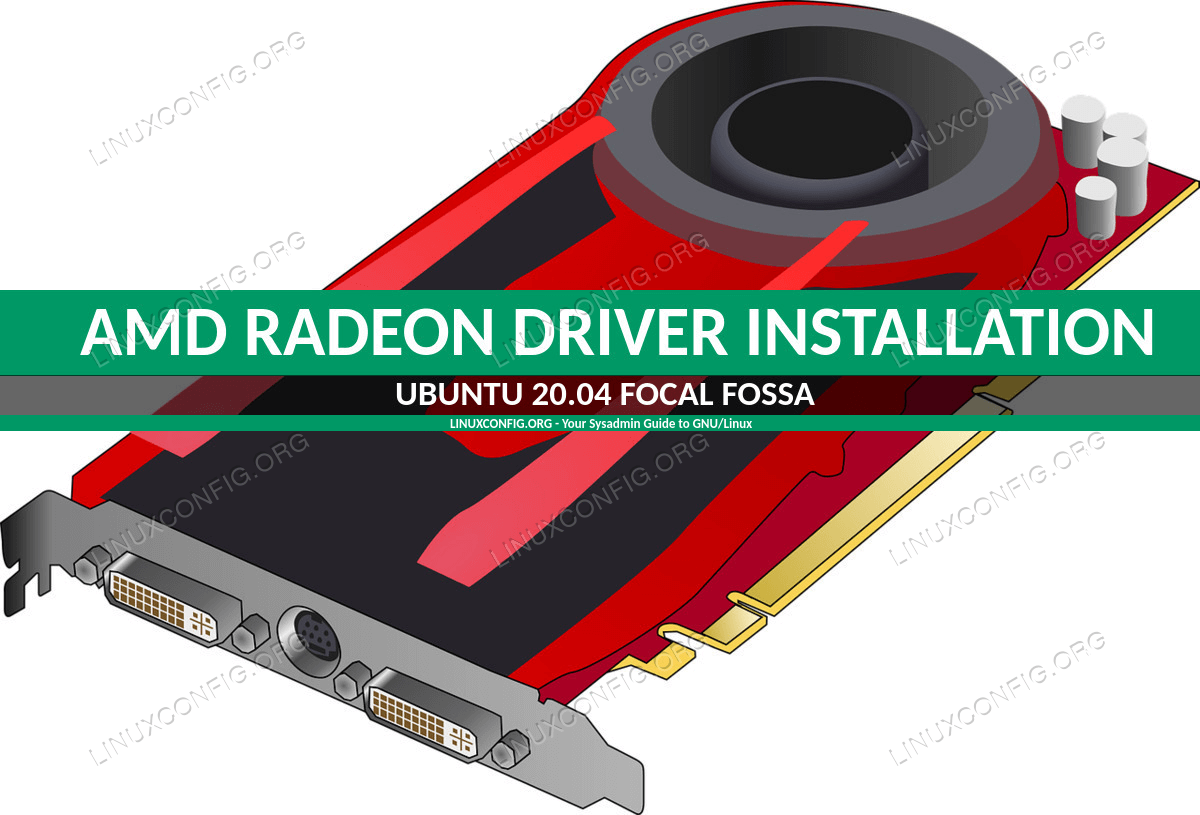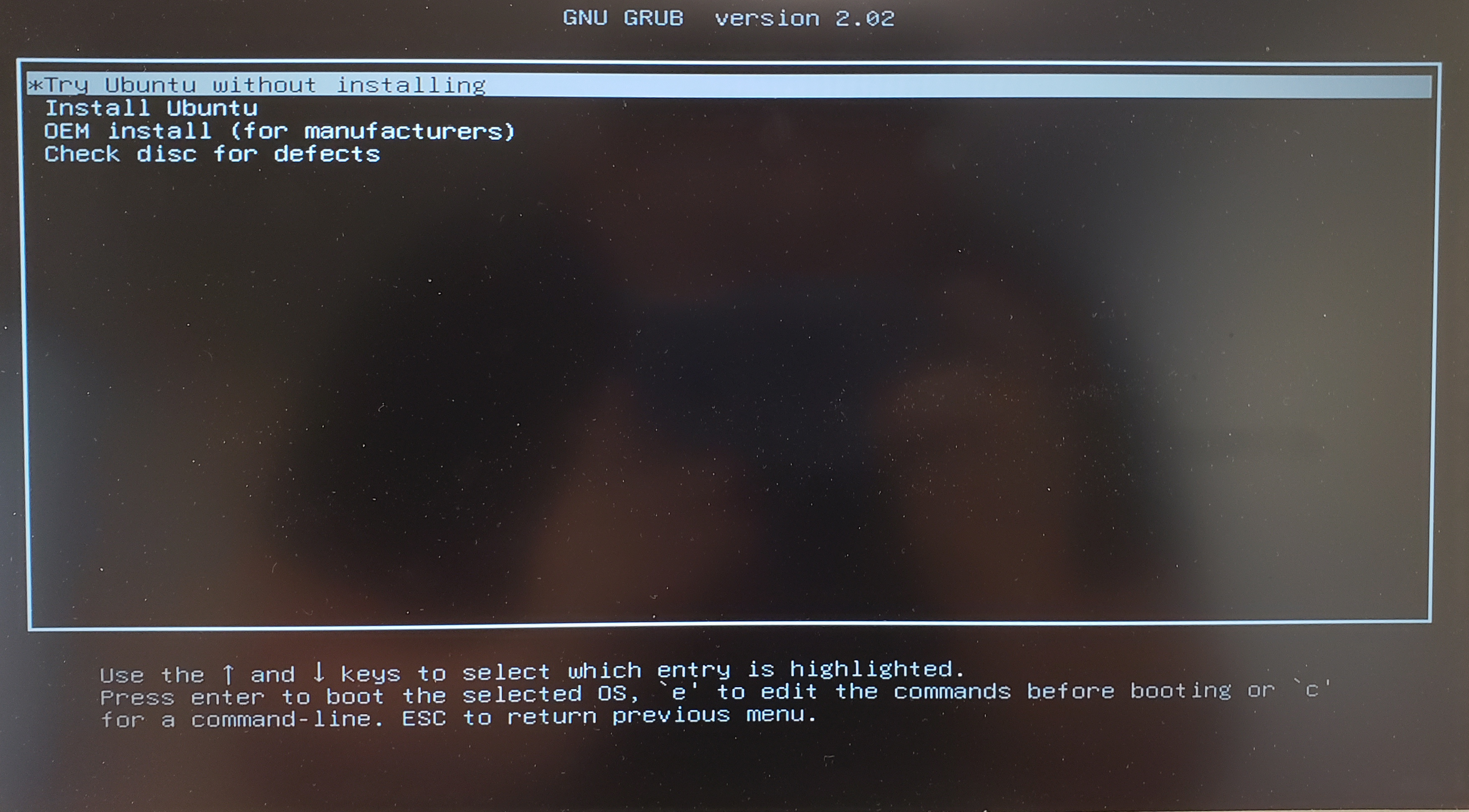

- #HOW TO CHECK GRAPHICS CARD UBUNTU SERVER HOW TO#
- #HOW TO CHECK GRAPHICS CARD UBUNTU SERVER SERIAL#
- #HOW TO CHECK GRAPHICS CARD UBUNTU SERVER DRIVERS#
- #HOW TO CHECK GRAPHICS CARD UBUNTU SERVER DRIVER#
After confirming that there is no problem, select “n” to proceed with the next step. Step 5: Select the box next to Using X.Org x server Noveau display driver. The NVIDIA Corporation one is your graphics card. Look through the list of devices for one that says NVIDIA Corporation.
#HOW TO CHECK GRAPHICS CARD UBUNTU SERVER DRIVERS#
It is recommended to check the console output during installation to see if there are any dependency libraries that have been deleted by mistake. Step 4: In the Additional Drivers tab, you should see all of the devices on your Ubuntu PC that require third-party drivers. If you select “n”, the dependency library will be installed and uninstalled. The default “Y” is to keep the current system state and not resolve the dependency. Using aptitude You can choose whether to change the current dependency changes. GUI tools such as hardinfo and gnome-system-information command.
#HOW TO CHECK GRAPHICS CARD UBUNTU SERVER HOW TO#
You can install apt directly without installing aptitude sudo apt install aptitude How do I know what graphics card I have Ubuntu How to Check What GPU You Have in Ubuntu On your computer, click Ctrl, Alt, and T. How do I check my graphics card settings Ubuntu Linux Find Out Graphics Card Installed In My System lspci command. However, during the installation process, I indicated that a dependency library was missing, so in order to solve the dependency, I used the aptitude Separate installation of nvidia-430: sudo aptitude install nvidia-430 Recommended nvidia-430 can be installed directly and automatically sudo ubuntu-drivers autoinstall Modalias : pci:v000010DEd00001D01sv000010DEsd00001D01bc03sc00i00ĭriver : nvidia-430 - third-party free recommendedĭriver : xserver-xorg-video-nouveau - distro free builtin After rebooting / turning on the machine, let’s open a terminal session for command line installation.
#HOW TO CHECK GRAPHICS CARD UBUNTU SERVER DRIVER#
Then check the driver recommended for the current machine graphics card: ubuntu-drivers devices After ensuring that you already have the right graphics card and have it properly mounted on the PCI / PCI-e slot, we’ll now proceed with the graphics card installation. First add the source: sudo add-apt-repository ppa:graphics-drivers/ppa The recommended command line installation is simple and effective. The following is my method, which is simple and crude. Therefore, the official driver is installed, which is extremely smooth. If memory serves SSH isn't enabled by default on Ubuntu desktop, but I never tried Ubuntu Server.The NVIDIA independent graphics card installed in the new computer has an open-source nvida driver available on Ubuntu, but the interface is always stuck. (I presume you DID configure the SSH server and tested this before removing the GFX card.

Past that hurdle the system should boot and eventually enable the SSH login. It won't boot without a GFX card at all.) (I've got a 15 year old PCI Matrox card in my Linux server just for that.
#HOW TO CHECK GRAPHICS CARD UBUNTU SERVER SERIAL#
Some Bios have a "use serial console" or IPMI console option and will only allow booting headless if that option is enabled.Īnd some Bios just don't allow this at all, in which case you best throw in an old GFX card and just don't use it. You'll probably have to re-insert the GFX card to check if the Bios has any options for headless operation and/or a "continue booting in case of error" possibility.

So I think your system does try to boot the first stage and then stops or pauses waiting for input. This provides support for GPU-accelerated AI/ML training and the ability to develop and test applications built on top of technologies, such. Or halt the boot process and give a "No GFX card, press F1 to continue" message or something like that. While WSL’s default setup allows you to develop cross-platform applications without leaving Windows, enabling GPU acceleration inside WSL provides users with direct access to the hardware.

That should work, but the Bios on many motherboards will refuse to boot if there isn't any GFX card inserted.


 0 kommentar(er)
0 kommentar(er)
